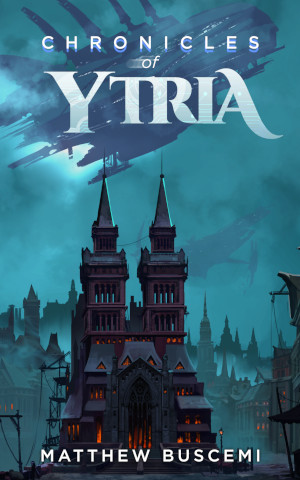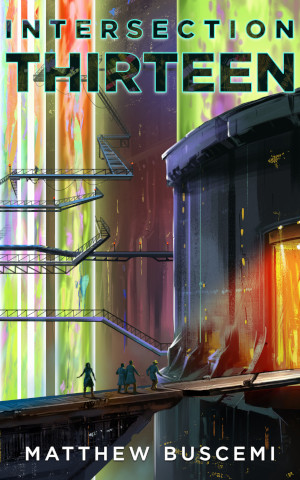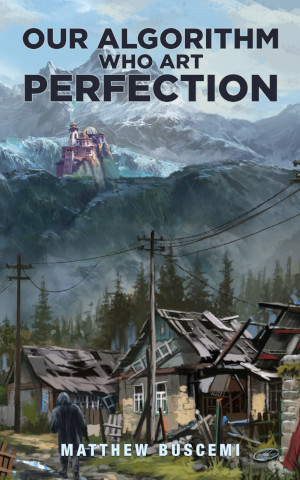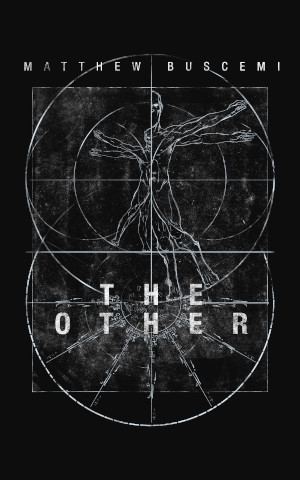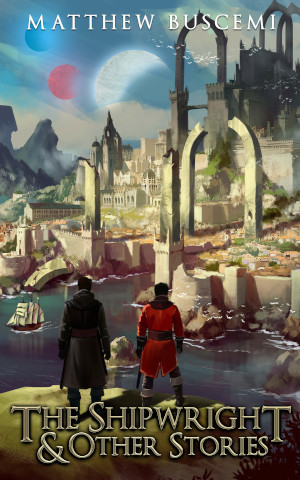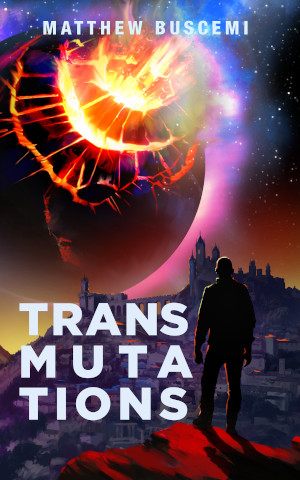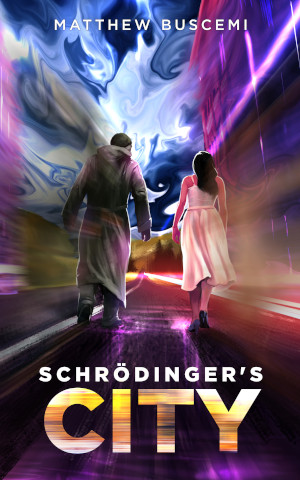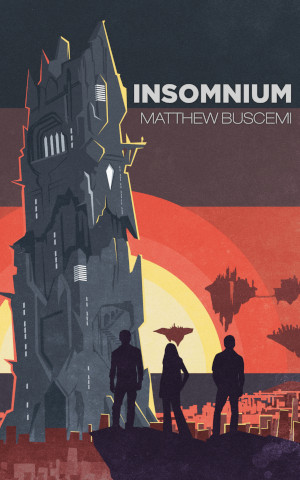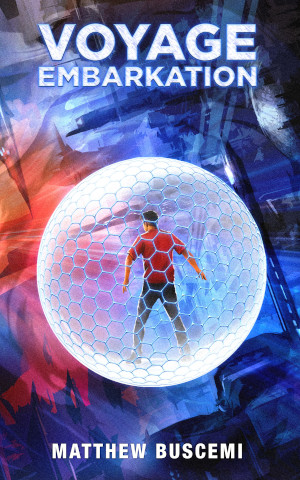The Hubris of Creation
Tuesday, September 17, 2019 at 5:18am
A Review of the Star Trek: Voyager Episode Prototype
The episode opens with a view of starscape, but seen as though through damaged 35mm recording interrupted by bursts of static. The starship Voyager hovers into view, and the individual whose view the camera represents is beamed aboard the ship. The captain, chief engineer, and chief of security appear in the transporter room through the same grainy, staticky distortion, and discuss whether to repair or evict whoever or whatever they have just beamed aboard. The chief engineer B'ellana Torres convinces the captain to let her repair it, and the scene flashes to main engineering. Torres struggles to provide her discovery with a source of energy that will not blow out its systems, and it is then that the camera turns toward a computer monitor displaying a visual of the individual whose perspective we've been witnessing—a humanoid robot.All Star Trek episodes follow a five-act structure—four commercial breaks separating the story into five parts, plus an introduction. Prototype follows this same structure, but that is only its surface structure. Narratologically, it has three main movements. First, Torres struggles to repair the discovered Pralor android. Second, Torres repairs the robot and discovers that the Pralor androids are requesting her help to build more of themselves. Although the opportunity to help would be the engineering challenge of a lifetime, Torres must decline since her captain forbids assistance. Third, a sequence of events forces a situation in which Torres must pursue the creation a new Pralor android despite her captain's objections, and more information about the Pralor is revealed, which sheds new light on their desire to reproduce themselves and also B'ellana's initial uncritical attitude toward her act of creation.
This theme is an old one, going back to the very beginning of science fiction. Mary Shelley's Frankenstein; or, The Modern Prometheus depicts the character of Dr. Frankenstein who constructs a living creature from the parts of various corpses and succeeds in creating life, a monumental scientific achievement, but since his creation appears hideous and repugnant, he is repulsed from all human society, his loneliness driving him mad and eventually turning him against his creator.
Engineers in Star Trek are often given the job of merely being around to spout the technobabble about what is breaking during dogfights, what they're fixing, and how fast they can make the engines go. However, in Prototype, we see an example of a story about engineering in the sense of creation, in the sense of building something new. In movement one, we see Torres's struggle to find the solution. The script does justice both to the frustration entailed when the solution to an engineer's problem seems out of reach, and also to the elation and single-minded purpose when that solution is finally found. In movement two, Torres desires to allow the act of creation to proceed to solve the next challenge, but Captain Janeway is there to remind her that challenges do not exist in a moral and ethical vacuum. And, of course, once the solution is arrived at, the full moral and ethical context becomes clear, just as Torres's mechanical monster raises its head off the construction table and asks naively to receive its initial programming.
As an adult, certain elements of the screenwriting now grate upon me. Characters often make declarative observations about their situation, which are completely obvious from context. And although I was relatively nonplussed by space shoot-em-up scenes in my youth, I have zero tolerance for them now. Prototype's usage of such scenes is admittedly subordinate to the narrative arc rather than its centerpiece, a far cry from most contemporary sf film or television. Still, the phasers and photon torpedo explosions give me pause.
Dr. Frankenstein is ultimately destroyed by his creation, but in Voyager, the show must go on and Torres must be our chief engineer for many more episodes to come, and so she, unlike the doctor, must prevail over her creation. Despite all that, Prototype does an excellent job of depicting a craftsperson coming to grips with the ramifications of both their desire and power to create, and for that reason alone, it belongs in my list of top ten Voyager episodes.
